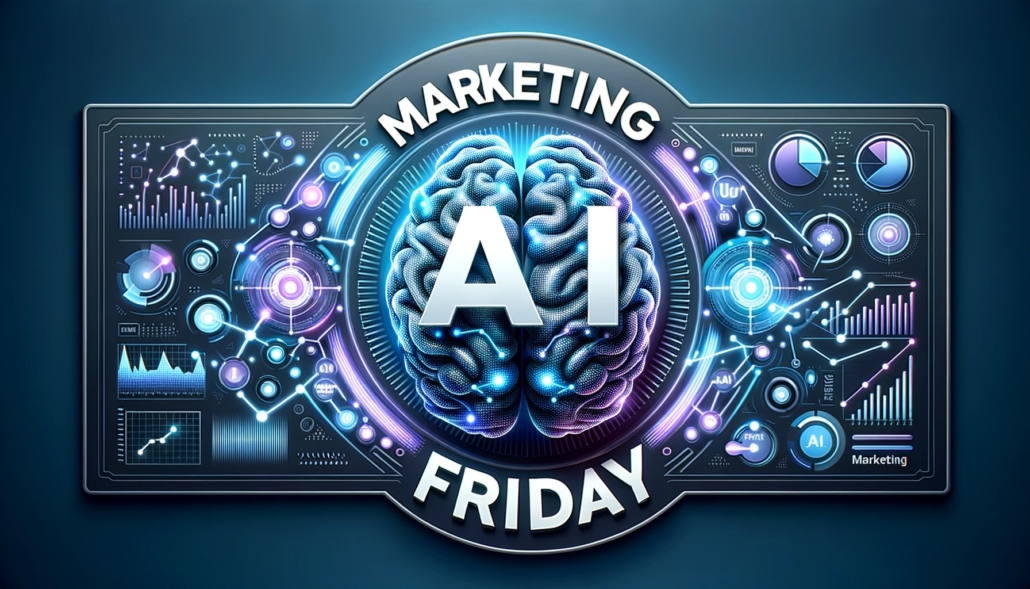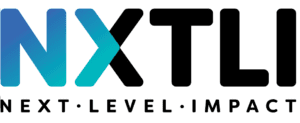Microsoft is making great strides with AI platform Copilot. Whether you're working on content creation, presentations or customer interaction, the latest updates make AI even easier to use in your work process.
Image generation with GPT-4o: visually stronger and smarter
The integration of GPT-4o into Copilot now makes it possible to create high-quality graphics at lightning speed, directly in Edge or Bing. Think of visuals for campaigns, infographics or social content. Where previously you saw limitations in style consistency or text rendering, this update delivers marked improvement. You can now incorporate text from a prompt into an image, adjust the style of existing visuals and have complex descriptions automatically converted into a suitable visual.
For example, want to create a visual that matches your tone of voice or brand identity? You can now easily do that with the GPT-4o integration found under the 'Images' tab in Copilot.
Copilot now reads along on your screen: contextual help in real time
Another interesting addition is the screen analysis feature on Windows. With one click, Copilot scans your active window and provides instant support without having to explain what you are looking at.
How it works:
- Open Copilot on your Windows device.
- Click on the new "vision" icon.
- Select an app or window (for example, a spreadsheet, website or PDF).
Then you can ask questions like, "What do these numbers mean?", "Summarize this paragraph" or "What steps should I take next?" You not only receive targeted answers, but also a transcript that you can save or share with your team. Useful for presentations, meetings or client preparation.
This feature works without a subscription and is available on most recent Windows versions.
Copilot as voice assistant on Android: faster switching with AI
Copilot can now be set as the default voice assistant on Android. By holding down the power button, you instantly start a voice session that responds to what you are currently seeing on your screen. For example, you can ask questions about an article you're reading, quickly send a message or set an alarm, or look up additional information without leaving your current app.
Setting up is easy: go to your settings, choose "Set Copilot as your Assistant," and you're ready to work hands-free with AI.
What does this mean for you as a marketer?
These updates make Copilot more relevant to marketing teams looking to combine speed, creativity and contextual intelligence. You no longer have to switch between tools or workflows: in Copilot, everything is at your fingertips.
Take a leap forward in your marketing AI transformation every week
Every Friday, we bring you the latest insights, news and real-world examples on the impact of AI in the marketing world. Whether you want to improve your marketing efficiency, increase customer engagement, sharpen your marketing strategy or digitally transform your business. 'Marketing AI Friday' is your weekly guide.
Sign up for Marketing AI Friday for free.

